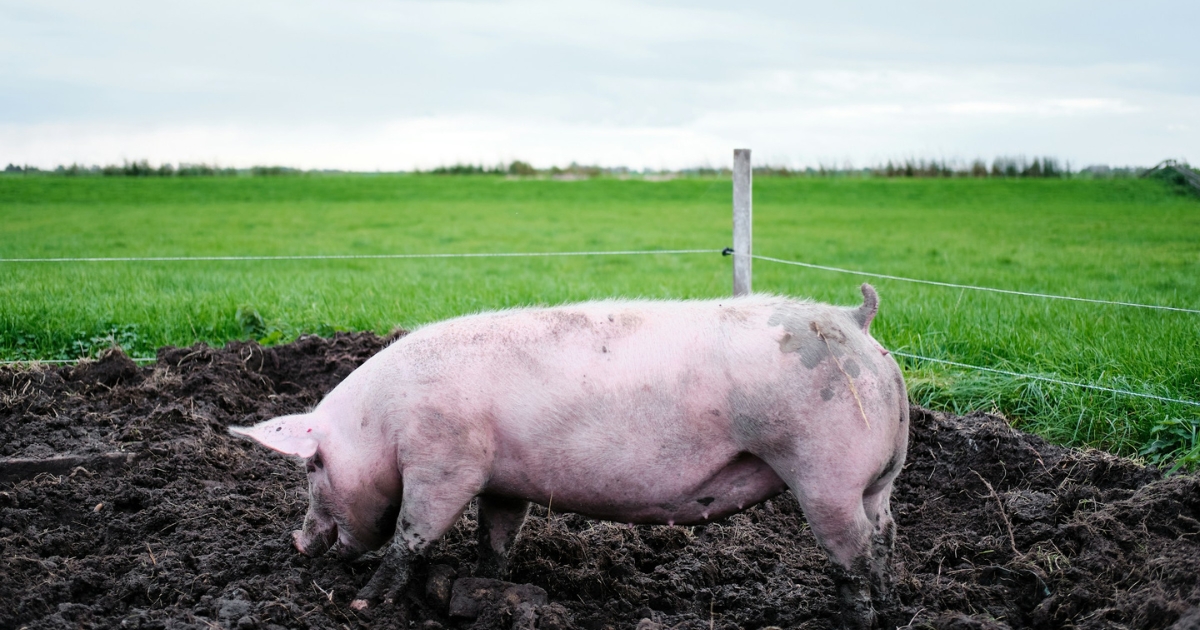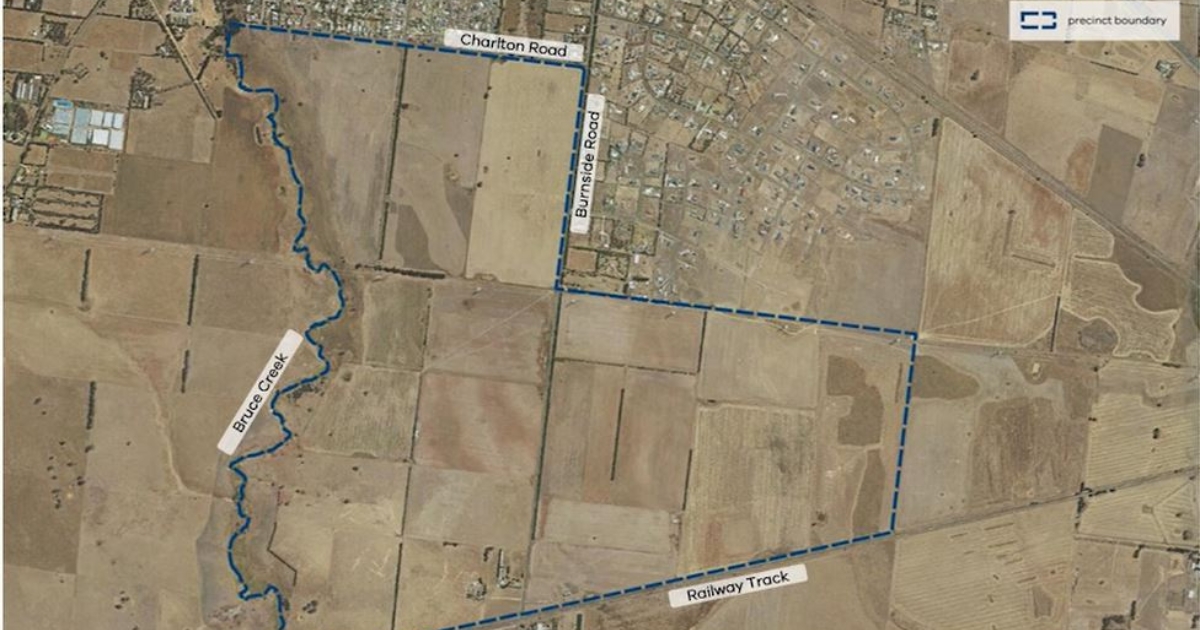Why Begonias?

The Queen of the Begonias was a title and tradition that dates back to the first Begonia Festival in 1953. Photos: SUPPLIED
BY RON EGEBERG
A look back at where the Ballarat Begonia Festival began.
This year marks the 68th Begonia Festival, which might prompt you to ask why were begonias chosen as the central theme.
In 1889, the Ballarat Botanical Gardens curator at the time, Thomas Rooney, was the first person to pot up a begonia in Ballarat. Begonias were a personal interest and Ballarat’s romance with begonias can be traced back to this moment.
Mr Rooney’s interest in these exotic plants expanded and, in 1899, many named varieties from plant hybrids were imported from, in particular, James Blackmore in England.
Ballarat’s internationally renowned collection of begonias had commenced.
Subsequent curators became international experts in growing begonias. Our city that was famous for gold also became famous for its begonias.
It wasn’t until the 1950s that Ballarat, or ‘Ballaarat’ as it was then known, could proudly boast that it was the largest inland city in Australia.
The civic leaders of that time wanted to differentiate our city, hence, the begonia was chosen – Beautiful Ballarat in Autumn, Ballarat: The City Beautiful, and Ballarat the Garden City in the Garden State.
However, Ballarat needed to attract people to continue to grow and survive. It needed some way of selling its charms and its relaxed rural environment.
The civic leaders could also see that more people coming to visit as tourists could only be good for the economy. There was also a growing need to try to garner that elusive community spirit.

The idea for a festival as a way of encompassing all these competing and diverse aims for a growing city came from one of Ballarat’s ‘most energetic and imaginative personalities’, real estate agent Edgar Bartrop.
However, when Mr Bartrop presented his proposal to the then senior civic leaders, they were less than unenthusiastic.
He then approached Cr Arthur Nicholson directly, who was enthusiastic, and the councillor requested that the Greater Ballarat Association establish a committee to examine the proposal of an annual festival. In 1952 Mr Bartrop became president of the Association and, of course, the idea of a festival was enthusiastically received.
Because of their growing notoriety, the city’s famous begonias naturally gave a name and a focus for such a festival. The Ballarat Begonia Festival was born.
An organising committee was set up with Cr Nicholson as the chair and planning got under way
In his opening for the first Ballaarat Begonia Festival, the now-mayor, Cr Nicholson, noted the city’s “proud heritage we have today…a beautiful and proud city with its tree-lined streets, gardens, statuary, lake…magnificent parklands.”
He went on to say that the Festival of 1953 was the first of its kind in Australia, and it would provide an opportunity to see Ballarat in a carnival mood, with its garden setting in the glorious season of autumn. The city would be at its best with the added magnificent display of begonias at the Botanical Gardens.
On Friday, 6 March 1953 the festival kicked off with a Mardi Gras parade at Lake Wendouree and the announcement of the Queen of the Begonias. Beautiful floral displays and exhibitions of paintings, sketches and photography were in the Alfred Hall.
The festival was officially declared open on Saturday, 7 March by the then Prime Minister, Sir Robert Menzies. Sir Robert and his wife, Dame Pattie, “Arrived by aeroplane at the Ballaarat RAAF School of Radio, where they were officially and enthusiastically welcomed,” before opening the Festival.
The ambitious 10-day program continued. Music for the People was conducted by Hector Crawford, which included Dick Fair’s Australia’s Hour of Song. The public holiday on the Monday gave us the Wendouree archery event at the City Oval and Sturt Street hosted “the most spectacular procession yet seen here”.
The trade commissioners of 20 nations visited on the second Friday, where “they – like you – will be most interested in the trade displays”. The “must-see” event of the festival was the square dancing and there was a polocrosse tournament held. Saturday, 14 March was Highland Day, which included the ladies’ pipe bands and yet another “great street march”. The unveiling of the character “Begonia Bill” also occurred.
It was pretty impressive for a first festival in terms of activities but Ballarat didn’t let the opportunity pass by without promoting the attractions of the local region and, especially, its industry.
The program was included in what became standard fare for the first few years – the Souvenir Pictorial. This strange eclectic mix of program, promotional brochure, recruiter and tourist tempter began with a list of achievements, “From a small grazing settlement in 1838…to the present-day city with every modern facility is a worthy memorial to those early settlers who had the foresight and enthusiasm to build for a prosperous future”.
The population at the time was 45,000. Seven electric tram routes covered 16 miles of tracks, and there were over 300 factories making “an infinite variety of products which were distributed throughout the Commonwealth and overseas”, – textiles, brass valves, oil engines, agricultural machinery, boilers, motor body parts, iron plants, industrial chemicals, stainless steel ware, pumps, pipes, paint, boots and shoes, bricks and tiles, paper, soap, malt, cordials, beer, aerated waters, biscuits, bacon, flour, jam and pickles.
In the wrap-up of the first festival the mayor noted “Ballarat has always been a leader in the cultivation of begonias and now with the festival, the begonias were assured of fame throughout Australia, even reaching overseas. Ballaarat is ideally suited for festivals of any type.”
And then they got on with planning the next one, which was somewhat exciting as it would coincide with the visit of Queen Elizabeth and Prince Philip to Australia and Ballarat for the first time.
Ron Egeberg is a former director of the Begonia festival 1997 to 2002 – read part two here.


















